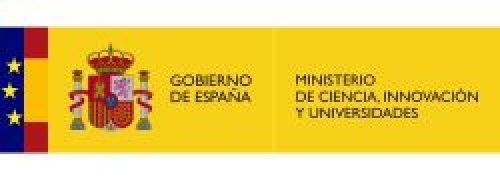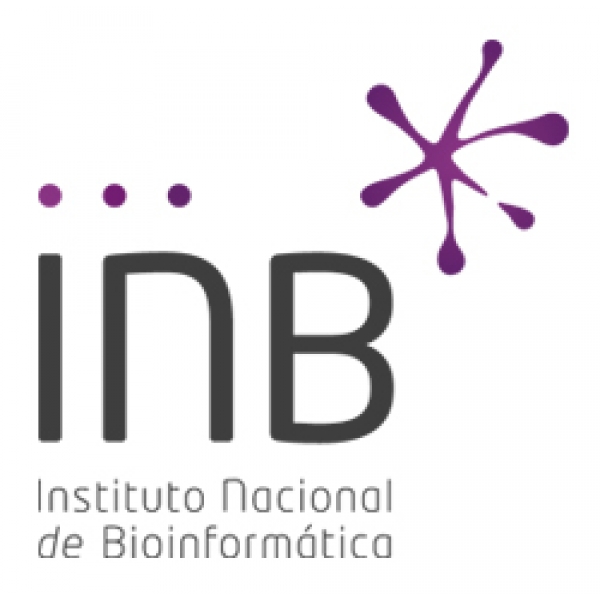The dream of flying has always fascinated humanity. In mammals, bats developed this capacity though a pair of wings that are structurally similar to human hands, containing bones, blood vessels, nerves, and tendons. The key difference lies in a flexible skin membrane called the chiropatagium, which...
- A new study published in the scientific journal G3 reveals, for the first time, the factors that determine the sex of the European hake, one of the most iconic species in our gastronomy.
- Through genome sequencing, a research team from USC, CSIC, and CNAG concludes that the sex-determining...
The Royal Academy of Sciences of Spain (RAC) has awarded the Ramón y Cajal Medal 2025 to Tomàs Marquès Bonet (Barcelona, 1975) in recognition of his outstanding scientific career.
According to the nomination text, "Marquès-Bonet’s dedication to primate research has contributed to the...
- A positive response to therapy in a paediatric patient with a renal rhabdoid tumour has enabled researchers to identify immune cells with anti tumour activity in this rare cancer, which affects roughly of 12 children per year in Spain and has an extremely low survival rate.
- After receiving...
- A new open-source toolkit turns complex phenotypic data into actionable insights, accelerating the discovery of rare disease diagnoses and aids cohort building for cross-disease analytics.
- Pheno-Ranker helps researchers classify patients and find similar cases with just a few clicks, by...
- The project is part of an international collaboration supported by The Mark Foundation’s ASPIRE grant, co-funded by the...

















